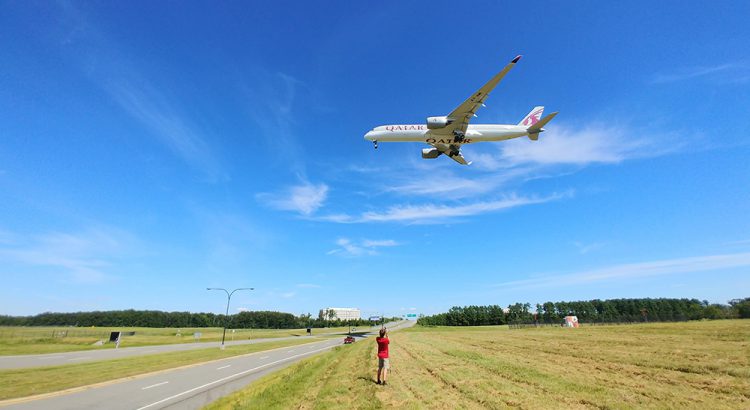by: Jacob Moschotto & Karen Allen
“If you’ve met one person with autism, you’ve met one person with autism.” Dr. Stephen Store’s illuminating quote fills half the screen on the AutismSpeaks homepage and there could not be a more important, striking takeaway for someone trying to understand this eclectic condition.
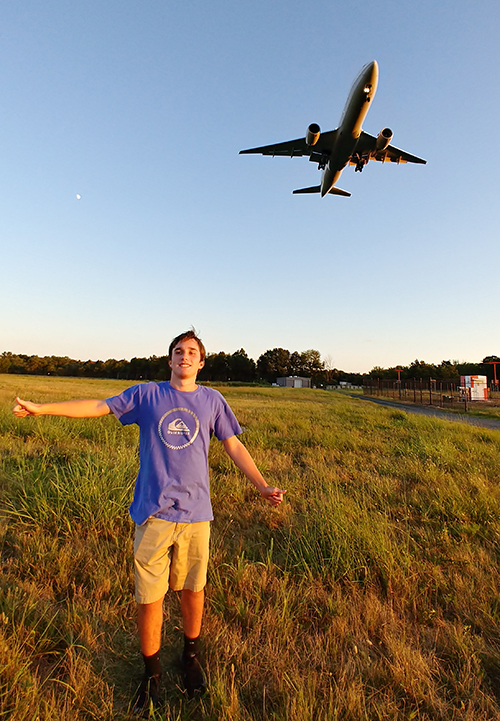
Autism, or autism spectrum disorder, is a complex condition characterized by a wide range of symptoms rearing their heads as challenges in social interaction, verbal/nonverbal communication, and repetitive behaviors. The intensely personal presentation of this disorder is part of what makes it so difficult to identify, treat, and understand from an outside perspective, but it’s also part of what makes these individuals truly unique.
We were privileged enough to meet such an individual, however, by something we actually all share in common, a love of aviation.
Jacob Erikson is in many ways, no different than any other teenager. An accomplished eagle scout, enthusiastic member of the marching band, and an honors graduate from his hometown high school. However, professionals and Jacob’s parents alike recognized the signs of autism from an early age, foretelling a challenge he’s lived with since.
This ambiguously devastating news left the Erikson’s with more questions than answers. As Michael Erikson said, “Not knowing what to do next, with no autism playbook around, we just improvised.”
Jacob’s disorder presents most intrusively in a form of drug-resistant epilepsy. Occasional, insuppressible seizures rattle Jacob without warning, turning any environment or outing into a potential risk. Regardless, Jacob always fights to regain his composure and continue on, even when these seizures have struck while deep on hikes with the scouts.
Another far less intense but equally disorienting symptom of Jacob’s autism manifests as a social handicap. Hypersensitivity and a kaleidoscope of supporting factors lead individuals with autism to be easily overwhelmed and confused with the subtle tide of stimuli exchanged in social interactions.
As a child, this kept Jacob in a prolonged nonverbal stage and frightened his parents about the future of their son. Incredibly, however, the ignition of a shared passion between Jacob and his father would prove to change everything.
Michael Erikson has always harbored a love for photography and aviation, spanning back to the days when his own father would take him to military air shows (both men served in the US Navy. These interests, naturally, met and melded in the world of plane spotting.
Bringing his boys along on some of his airport excursions, Michael noticed that, despite his typical fear and intense aversion to loud noise, Jacob was enraptured by the jets arriving at and departing the tarmac. Michael coaxed and encouraged this interest at every opportunity, steadily growing Jacob’s interest into a love for spotting commercial aviation.
Jacob became absorbed in the world of spotting. From a young age, he learned to track flights, identify aircraft and airlines by make and livery, and began photographing his spotting sessions. This new hobby delighted Jacob, and left endless space for further elaboration and exploration, but it also created a bridge for Jacob to socialize with others.
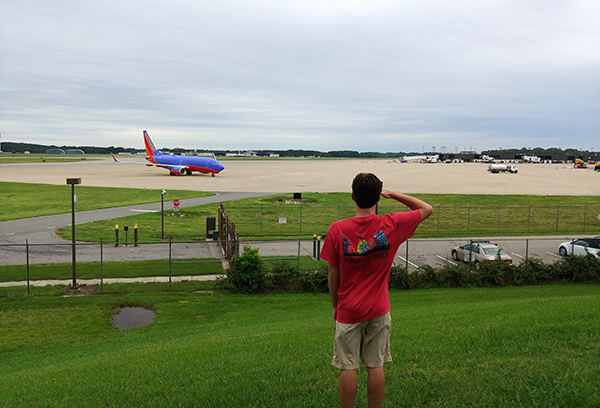
Michael recounts joyfully the moments young Jacob’s autism took a backseat as he shared some time spotting with an off-duty pilot and competently chatted about the specific flights and aircraft variants before them“…or how his love for Southwest got him to wave to and salute their pilots every time they taxied past; a gesture almost always returned.
With time Jacob even networked online with other spotters, sharing photos on his Instagram page, and making friends around his kindled passion. What started as an improvised solution opened up an entire world for him, and the Erikson’s hope this may serve as the example of a potential outlet for other parents at a loss raising a child with autism. They found the aviation spotter community full of accepting and considerate people who helped their son develop his communication skills and the opportunity for Jacob to enhance his ability to express himself in a field that he really enjoys.
Why this particular fascination came to be may relate to one of the few stable trends across the autism spectrum. Like planes, trainspotting /trains in general have been identified as a frequent point of fixation in individuals with ASD and the reasoning translates saliently to world of plane spotting.
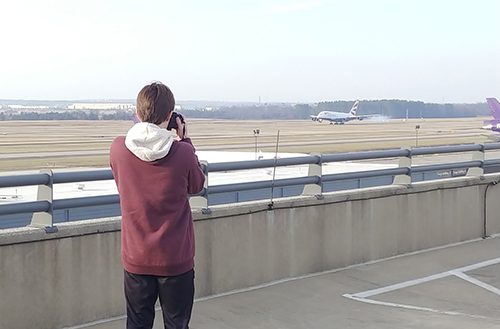
Firstly, these giant machines can stimulate and enrapture the sensory fixation of those with ASD. The cacophony of moving parts in perfect, unwavering patterns offers a wealth of objects for individuals to stem their attention and thoughts around. In fact, one source writes, “spending an extraordinary amount of time spinning and rotating toys is among the signs that a toddler may be at increased risk of going on to develop ASD”
Secondly both trains and planes operate under a clear schedule and system of organization, while themselves belonging to an extended phylogenetic tree of make, model, classification, and various other statistics. These at once satisfies the typical need for predictability and tendency to memorize and recite swaths of information in those with ASD.
Beyond the psychology, there’s something we can all empathize with in the love/borderline obsession for aviation; something greater than novelty and intricacies that draws us all in awe. Flight is a true marvel, and the world of aviation is one that seems to push every boundary of innovation, our imagination, and human capability. The love and appreciation of flight is held close to our heart, reaching beyond normal boundaries and clearly the supposed limits of mental disorder.
Editor’s Note
As an enthusiast of aviation and astrophotography, I often find myself out on the top deck of Raleigh Durham International Airport. This past year offered many full moons and what a better place to go than the open skies above RDU. With air travel down and a spacious upper parking deck earlier this summer, I had the opportunity to meet other photographers not only capturing the skies, but also the amazing aircraft coming and going out of RDU. Many of the pictures from a group called Plane Spotting RDU can be found on their Facebook group.
I was lucky to meet Jacob and his father, Michael here from the Outer Banks of NC, and learn about their story and connection to aviation. I couldn’t think of a better place than NC Skybrief and the State Aviation Journal to share it, with all of you who enjoy aviation as much as Jacob does. The gift in Jacob’s story, is how his autism and aviation connected. We never know where our paths will cross with others in life, but this truly was a gift and story to be told.
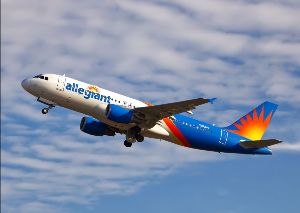
With Jacob’s parents support and conversations, along Jacob Moschotto, a rising senior in Communications at Appalachian State University, we were able to take the bond of aviation and autism to a new level of awareness in the above story.
Managing Editor, Karen M. Allen
